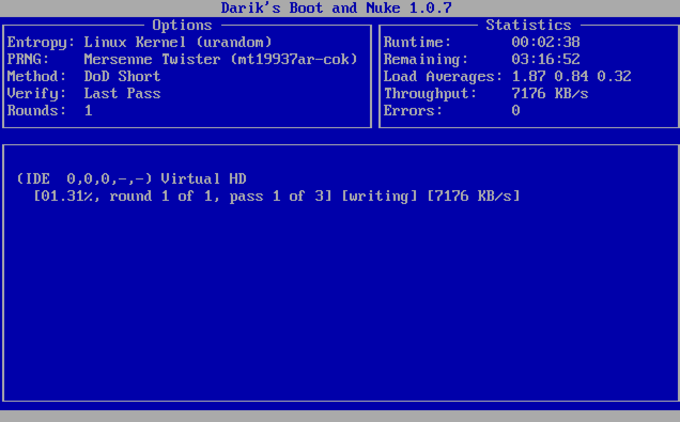
It should have an /dev/sdX type indicator (where X is a letter) or an nvmeXnY (where X is a number and Y is a number). Then, ppen up a terminal in the LiveUSB and run sudo fdisk -l and find the hard drive in question.

Both the options I suggest here start with writing Ubuntu 18.04 or 20.04 Desktop LiveUSB to the disk instead (20.04 recommended). Instead of writing DBAN to a USB, there are tools you can use already in Linux, and can erase data with ease like DBAN does. However, I may have an alternative to DBAN, if you're interested: Use an Ubuntu installation / Live USB disk as a base, then use tools in Linux already to erase the disk.

:max_bytes(150000):strip_icc()/dban-download-page-a295f1a8c6134da8b5177d8be74c6d9e.png)
You can take the approach of switching your BIOS/system to MBR, run DBAN, then switch to UEFI again. DBAN is a MBR-only ISO and as such does NOT have a UEFI bootable mode - it is fairly old even though it still works, and doesn't have a UEFI boot option in it.


 0 kommentar(er)
0 kommentar(er)
